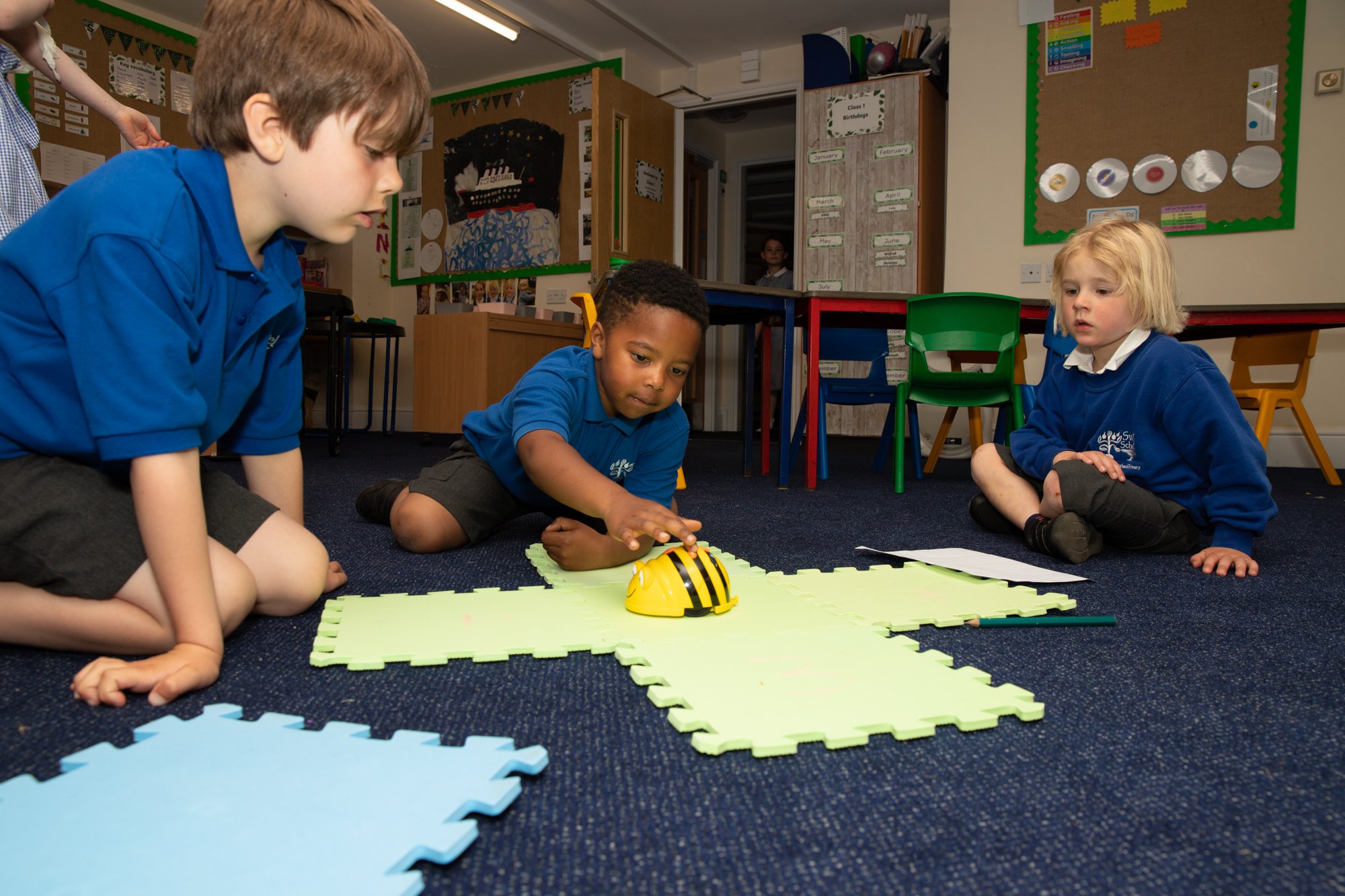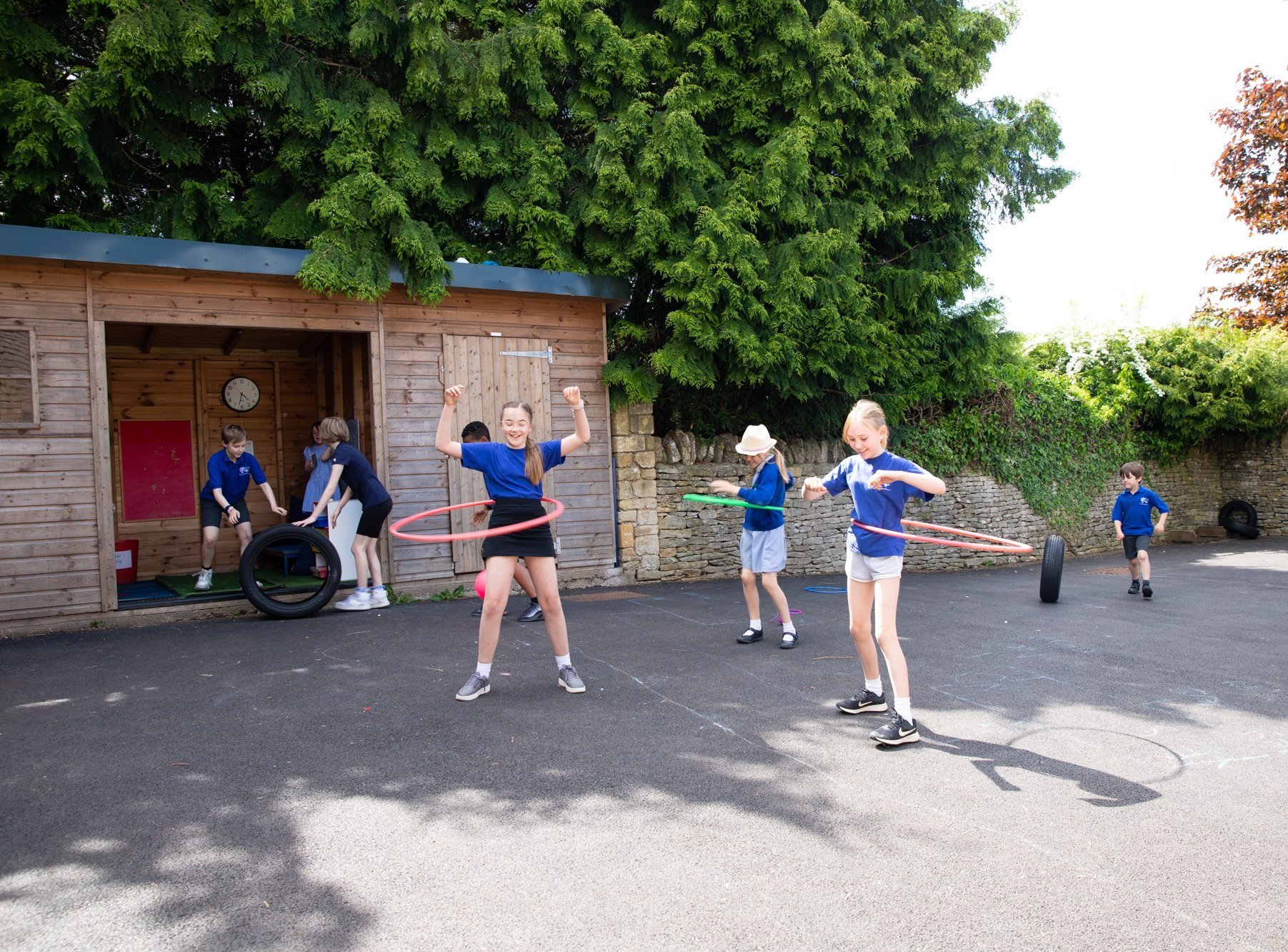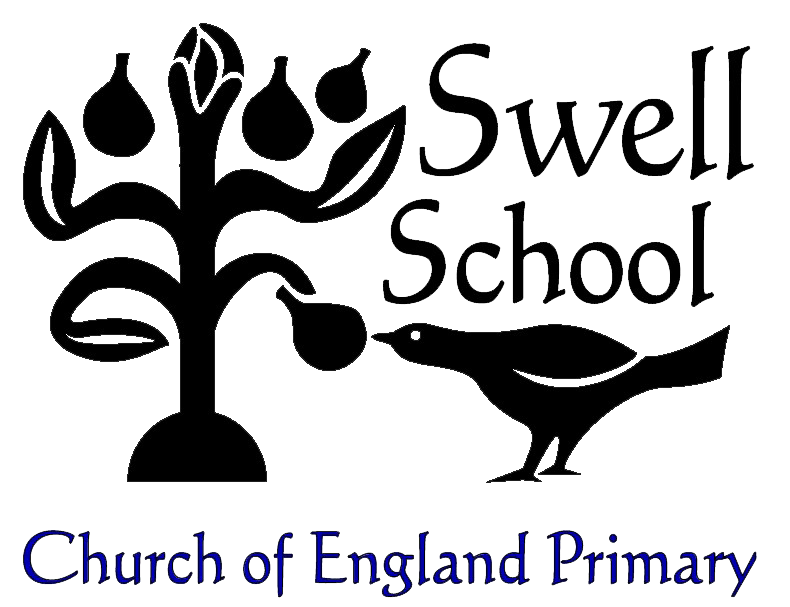Internet Safety
‘A caring village school with a family feel where relationships are at the heart of all we do. Our unique community is connected under the protection of the tree of life, where all are enabled to grow and flourish in their own surprising ways’

Internet Safety
What is Internet Safety?
It can be called E Safety (or e-safety), Online Safety or Internet Safety, but it all means the same thing. It’s about risk; it’s about being aware of the possible threats that online activity can bring, and how to deal with them. These risks are grouped into four categories:
Conduct: children’s behaviour may put them at risk
Content: access to inappropriate or unreliable content may put children at risk
Contact: interaction with unsuitable, unpleasant or dangerous people may put children at risk
Commercialism: children’s use of platforms with hidden costs may put them at risk
Teaching Internet safety at school
Think of internet safety like a swimming pool, you can have the best lifeguards and floats and equipment but the best way to keep safe is to learn to swim. Similarly with internet safety all the best filters and safety devices will not keep the child as safe as being fully educated and taught what to do if they feel unsafe online. At school we talk about internet safety in class and in assembly all the time as issues arise. We also teach specific units of work about keeping safe online in PSHCE lessons, right from their reception year upwards. We use age appropriate materials produced by ThinkUKnow and the NSPCC such as Keep Safe Pants to help children keep safe in the real world and online. We also make good use of our Schools beat Officer PC Leah Davis who talks to the older children about keeping safe online. She is always readily available to help support school with any specific issues for individual children.
Talking to Children about Online Safety
Parents have a vital role to play in keeping children safe online. This can be a daunting prospect, but it’s important. Your children need to know they can talk to you if something does go wrong. Talking to them about their online activity in the same way you would do about anything else will help them to relax and, if anything is troubling them, they’ll be more likely to tell you about it. There is some helpful guidance below on ‘Keeping Children Safe Online’ and ‘Parenting in a Digital Age’ series.
Bullying: Online Bullying, also referred to as cyberbulling, is using technology (including phones, messaging tools, e-mail, chat (including within games) or social networking sites to harass, threaten or intimidate someone. While grooming, predation and similar activities often cause the most concern for parents, it’s a sad fact that bullying is one of the most common issues young people will face online. The Ofcom research states that about 20% of children aged eight to 15 have been bullied in some way, and that for older children (aged twelve to 15), bullying incidence is consistent between ‘real life’ (16%) and online (14% on social media, and 12% in messages apps). There is some good advice on the links below to the UK Safer Internet Centre website.
Gaming: Online gaming can use games consoles, mobile phones or tablets, and PCs, and can be played on apps and websites, as well as traditional game media like cards and discs. Many games include messaging for gamers to chat with each other. Some are integral to the game, and others are bolt-on apps, like Twitch. With the range of platforms and types, parents and carers need general advice, as well as guidance for specific gaming environments. The link to ‘Parenting in a digital age’ includes an article on ‘The real cost of online gaming’, which provides some general information around things to be aware of in relation to gaming. along with some specific guidance for PlayStation and for Xbox too.
Online Video: Online video can be pre-recorded (like YouTube) or ‘livestreamed’ in real time (using apps like Twitch, or social media platforms like Instagram and Facebook). YouTube is the biggest and most widely used video service. Over 400 hours of video are uploaded to YouTube every minute, so there’s a wealth of great content that children can access. Of course, there is also inappropriate content, and parents have a couple of options to control what children can watch. YouTube Kids is an app-based approach, available for both Android and Apple iOS devices. Aimed at younger users, it uses a mix of automated Google filters (who own YouTube), review by moderation teams, and feedback from parents.For older children, or use on a wider range of devices, YouTube Restricted Mode is an additional setting which can be enabled on the YouTube website and app. If enabled it restricts the availability of potentially mature or objectionable content. Online you can find a parent’s guide to YouTube Restricted Mode, setting out the things you can do to help your child stay safe when they’re watching YouTube.
Harmful Content: Harmful content is anything online which causes a person distress or harm. What may be harmful to one person might not be considered an issue by someone else, but we generally talk about eight types of harmful content: Online Abuse Bullying or Harassment, Threats, Impersonation, Unwanted Sexual Advances, (Not Image Based) Violent Content ,Self-Harm or Suicide Content, Pornographic Content. There is a special service, called Report Harmful Content, that provides advice about all types of harm online, and helps you find the best way to deal with it.
Devices in the home: The advice some years ago was to locate your computer in a family space, but that’s not applicable to phones and other very portable devices. Tools like Google Family Link for Android devices, or Screen Time for Apple iOS devices can help: you can set up controls around screen time limits, bed time, and restrict installation of apps. The link to ‘Young People and Screentime – A Good Start’ provides tips to help parents and carers get kids off to a good start using digital devices.
Parental Controls: You can also look at setting up parental controls on your Wi-Fi, which can block access to inappropriate or adult content, as well as set time limits on internet usage. The UK Safer Internet Centre has produced a guide to ‘Parental controls offered by your home internet provider‘. It’s worth thinking about the wider context of this too. Our ‘Parenting through technology’ article (part of the ‘Parenting in a digital age’ series) has some interesting points.
Social Media: Social media is the term used to describe the websites and apps that allow the creation or sharing of social information. They’re interactive, promote the creation and sharing of content, and join up each person (or more accurately, each person’s profile) with others in ‘social networks’. For children, social media services mean they can keep in touch with friends, connect with new people, and share photos and videos with each other. There are risks too, including: Seeing inappropriate or harmful content The promotion of harmful or illegal behaviour or conduct Sharing too much information, or picking up incorrect information Inappropriate contact with other young people or adults The checklists will help parents to understand more about each platform, what information they use, and how to set privacy settings: they’re a parent’s social media survival guide!


